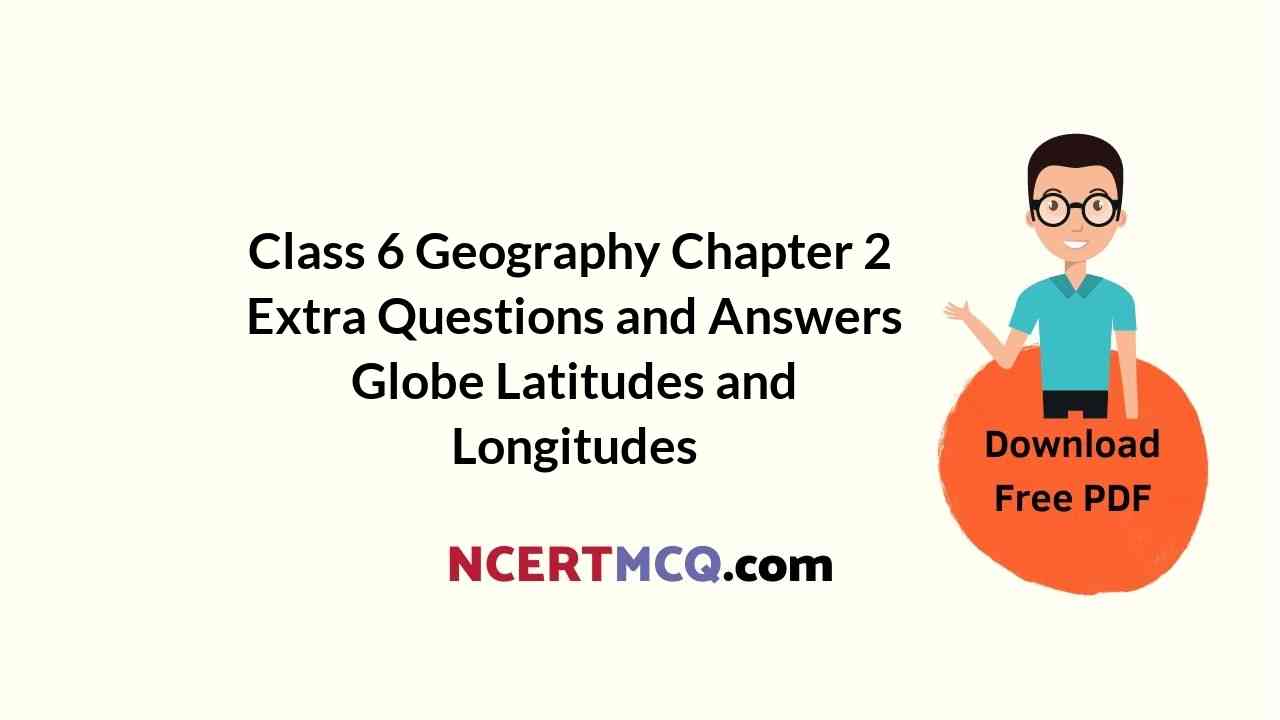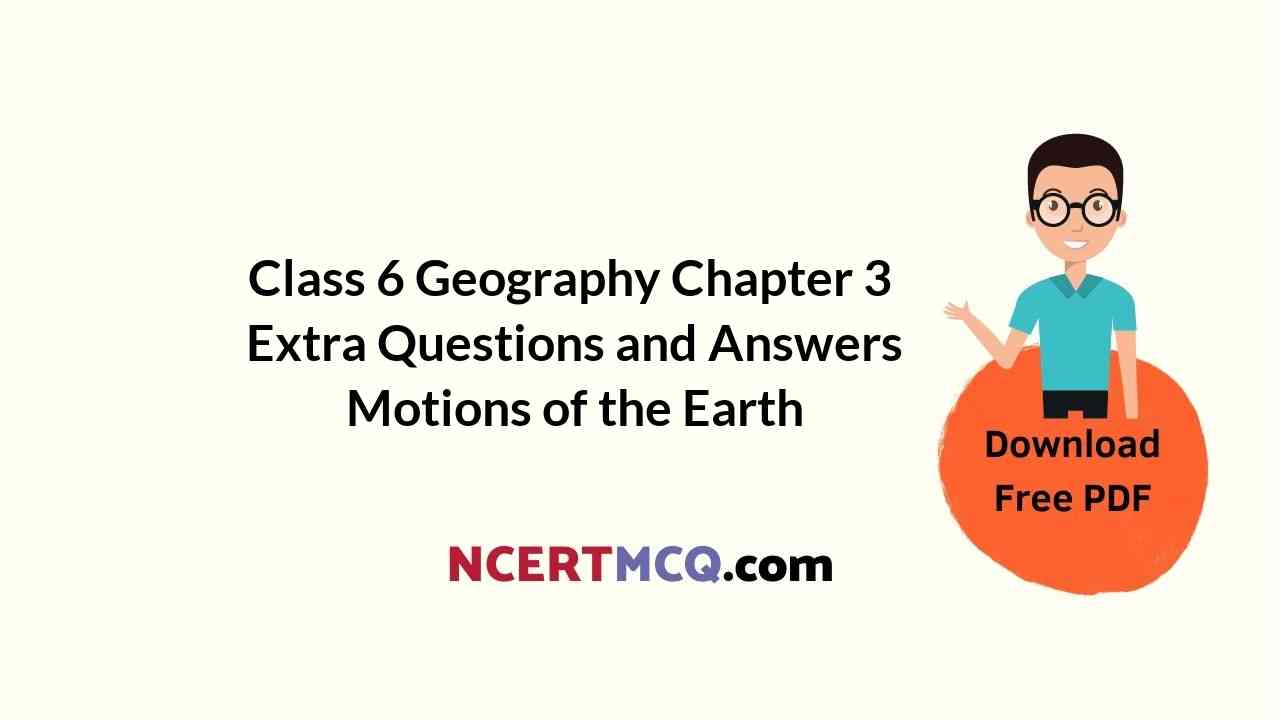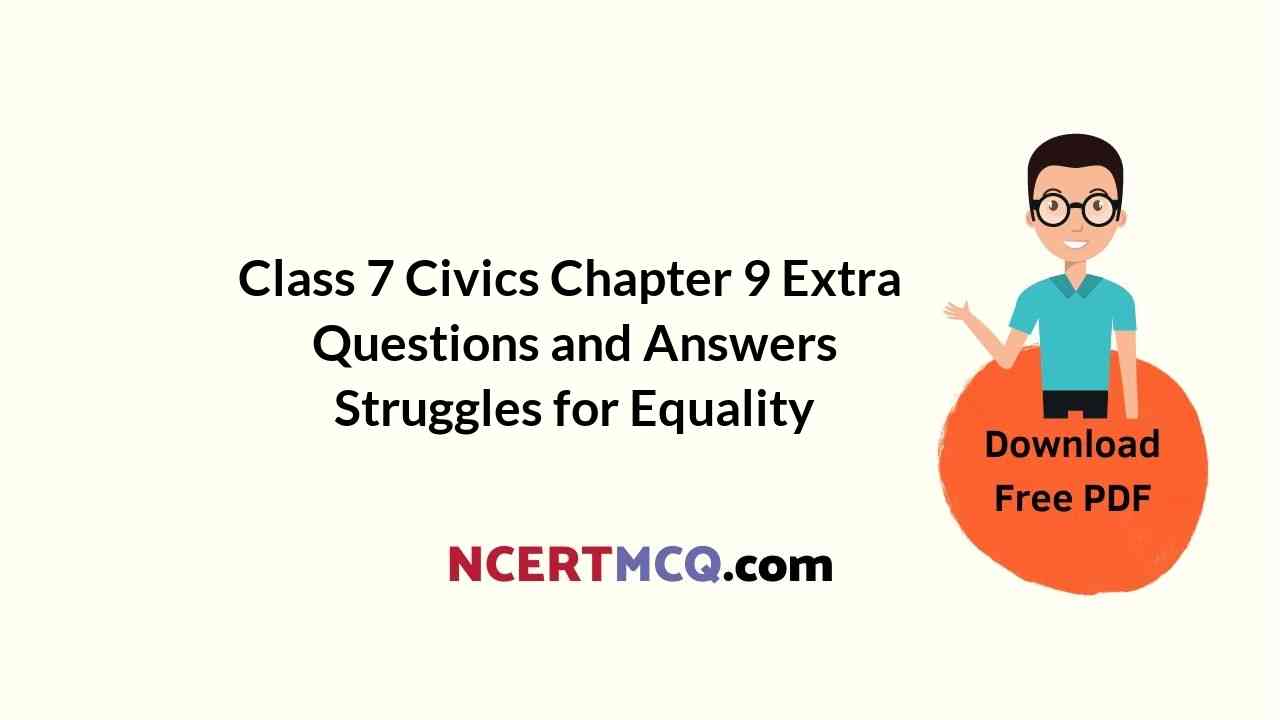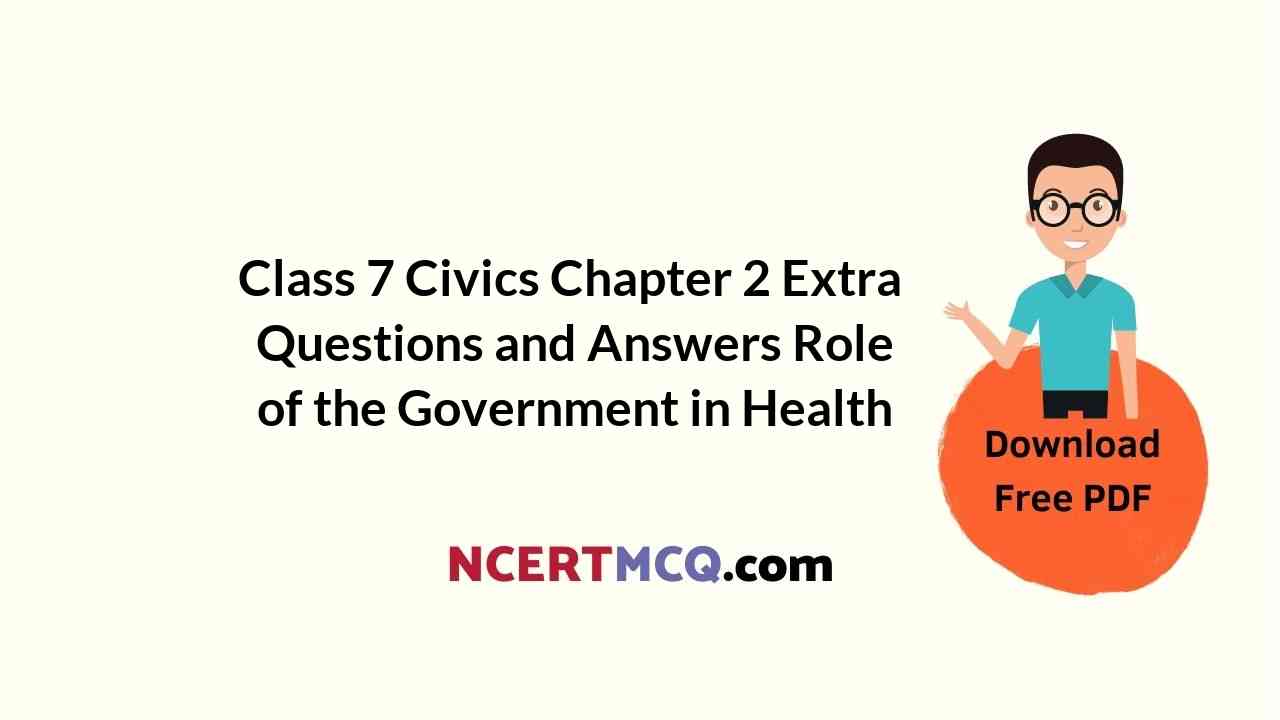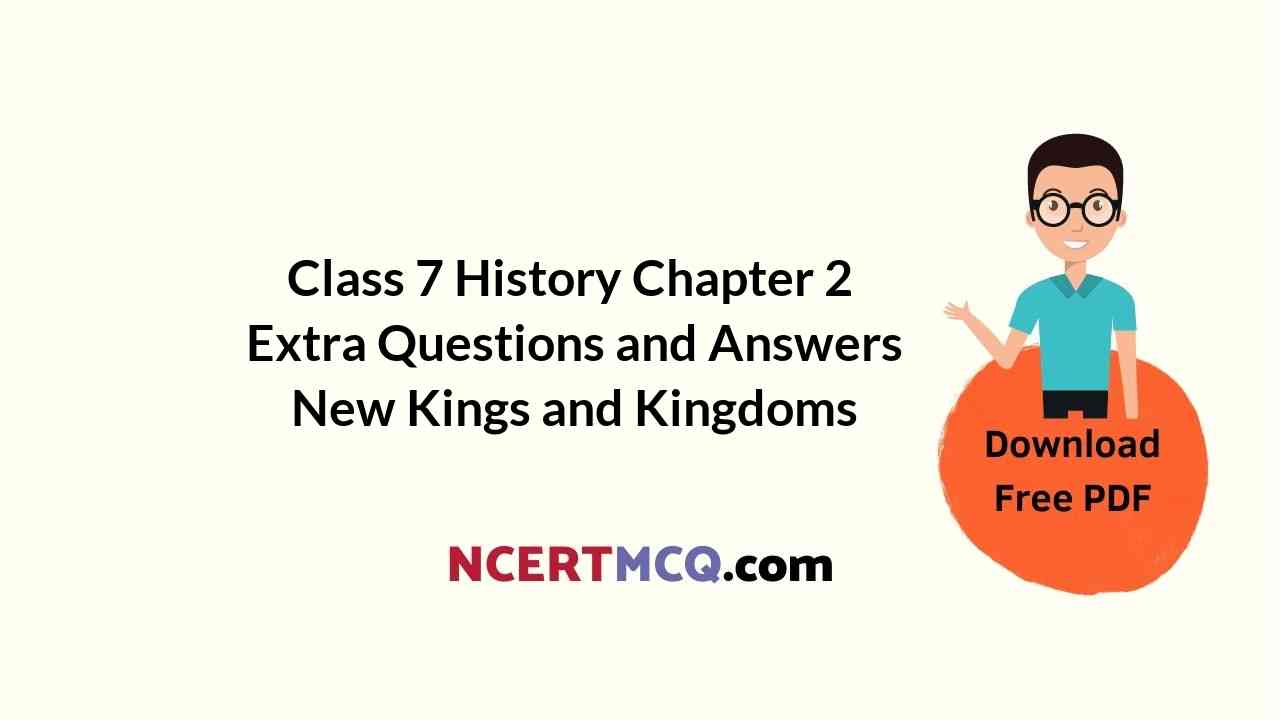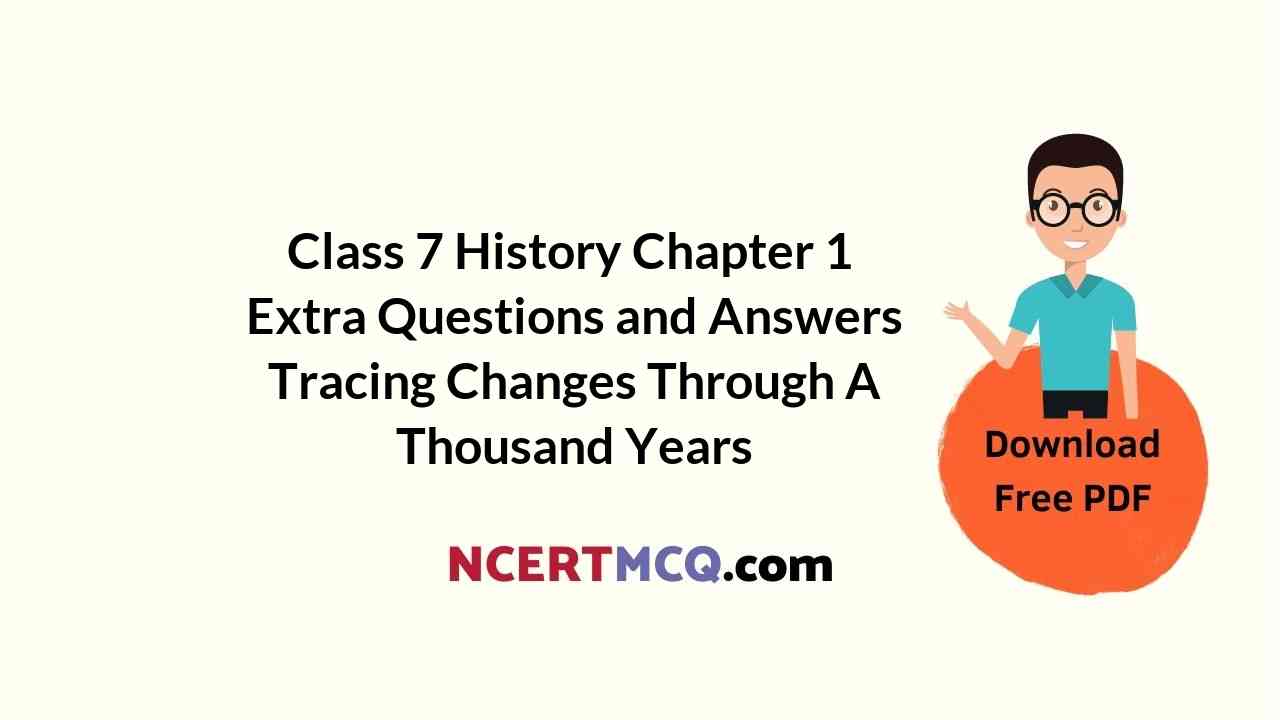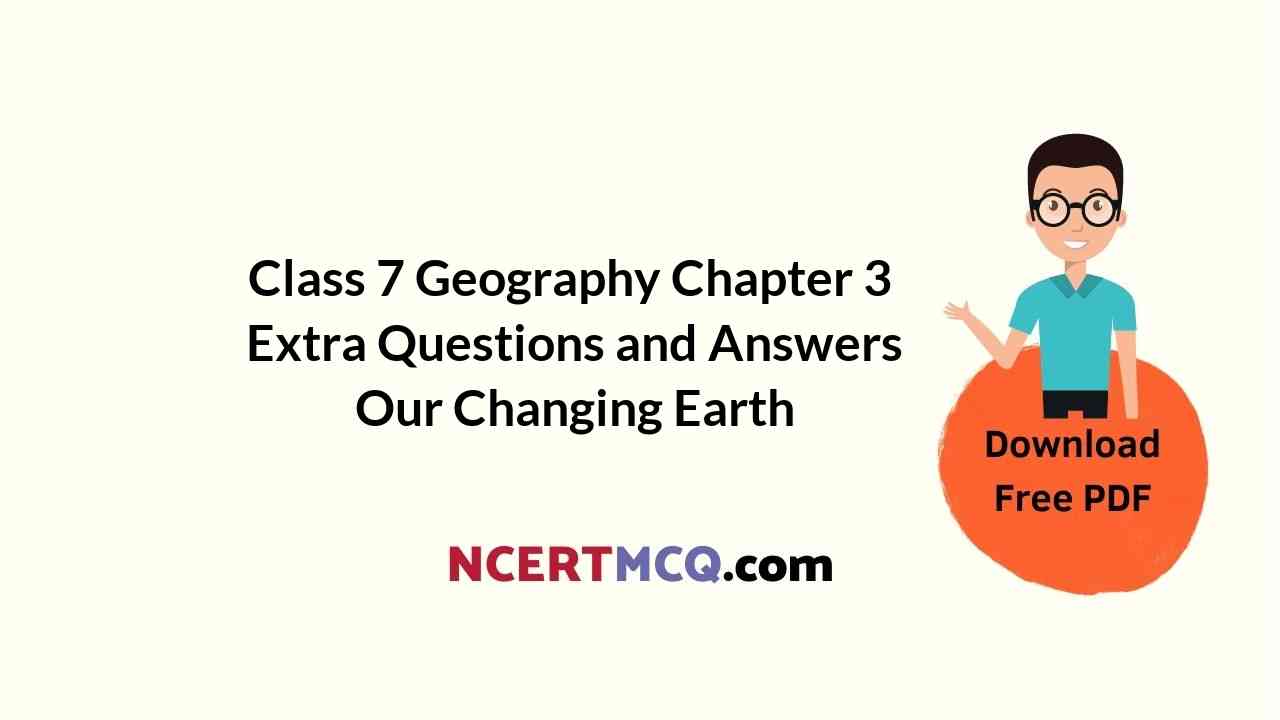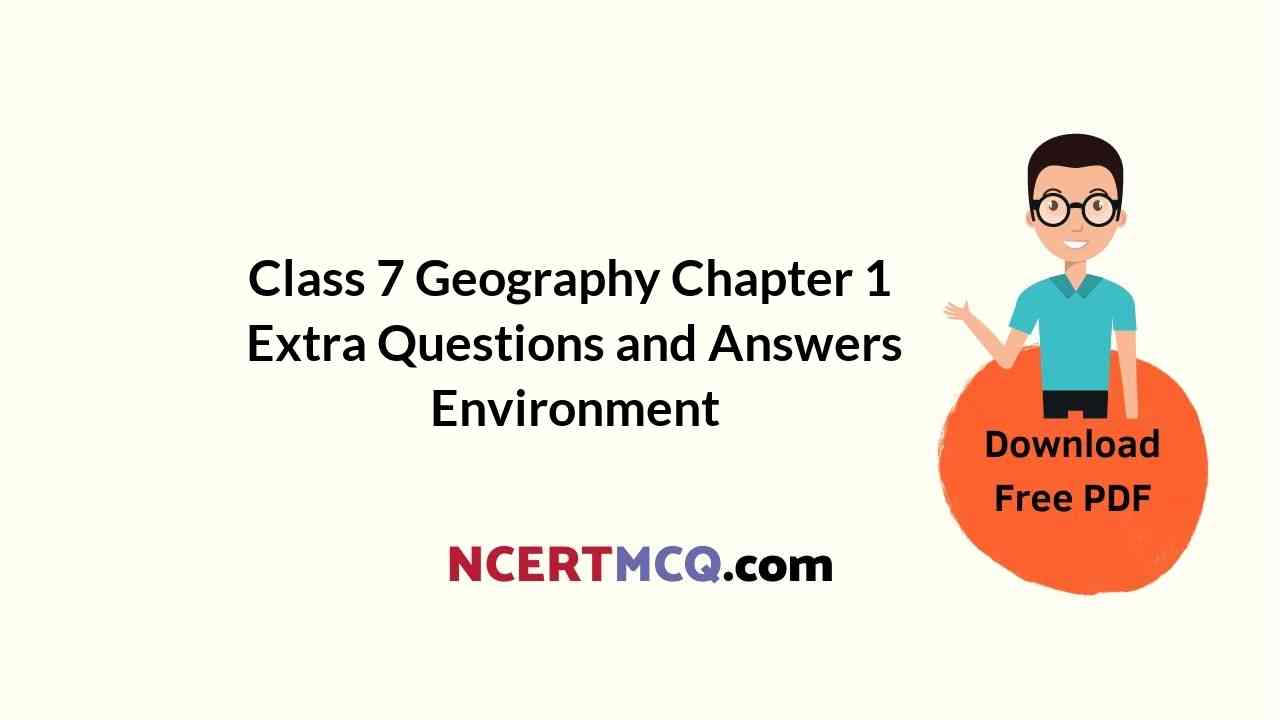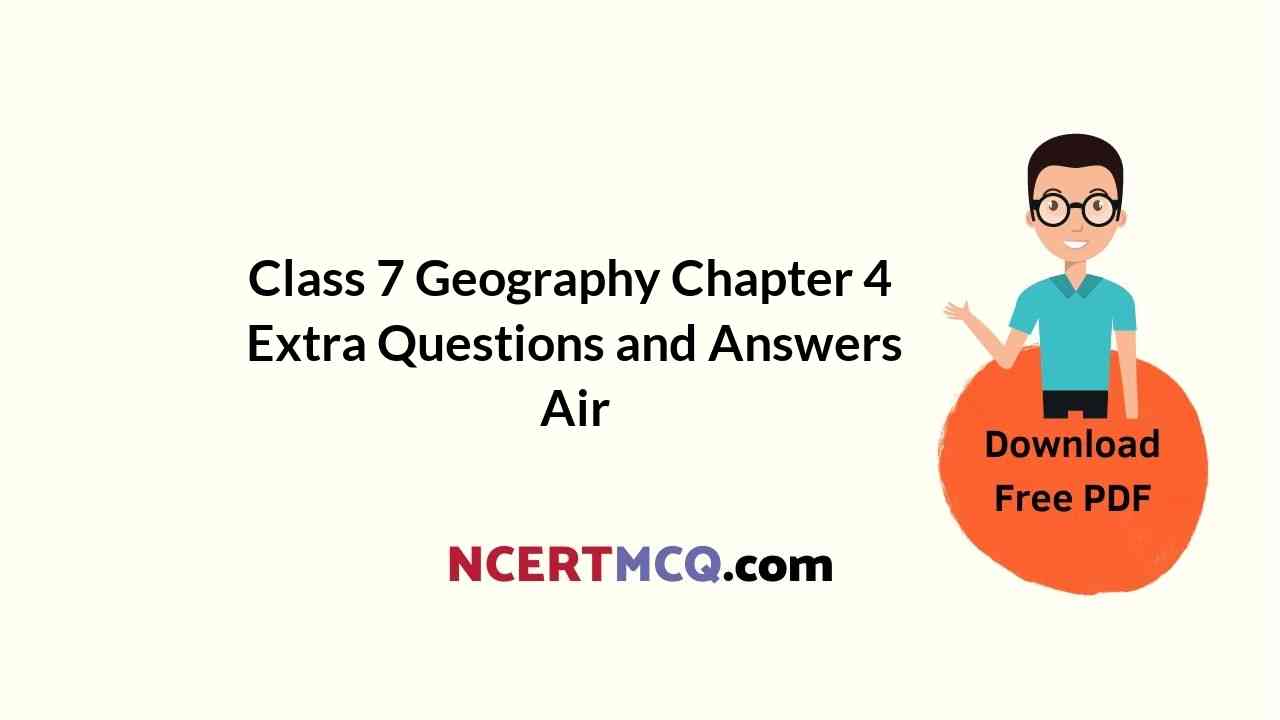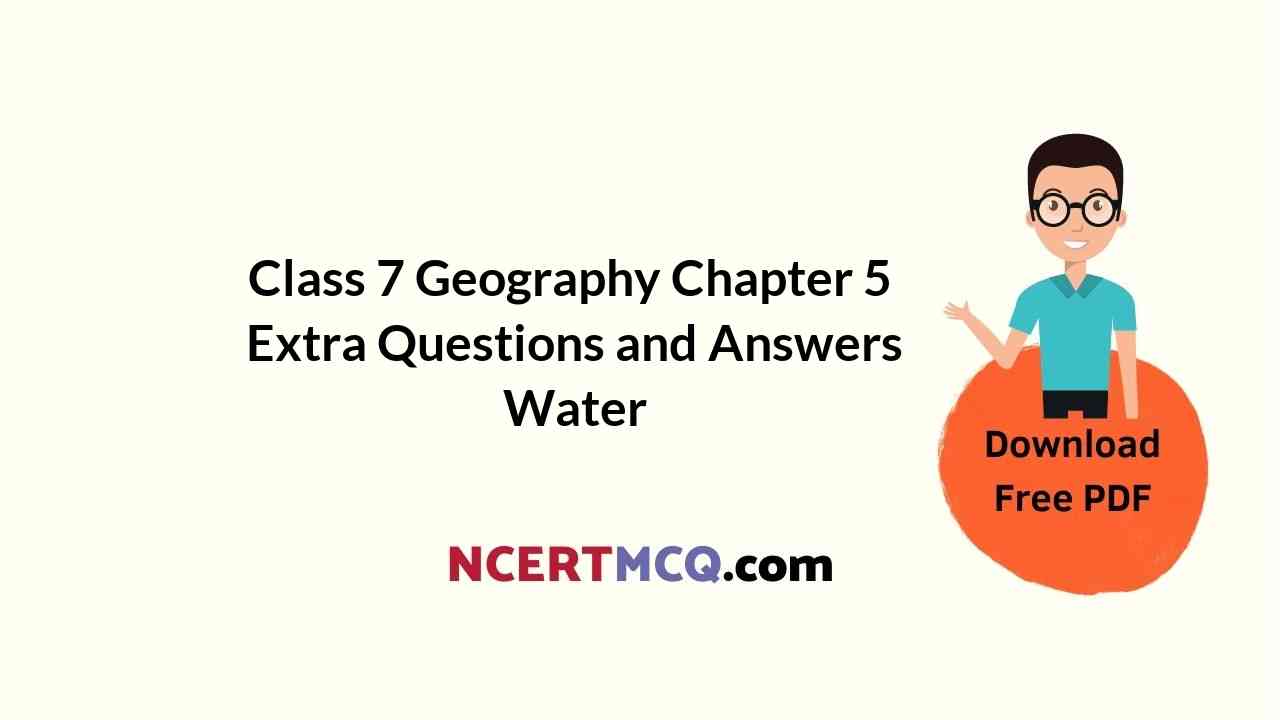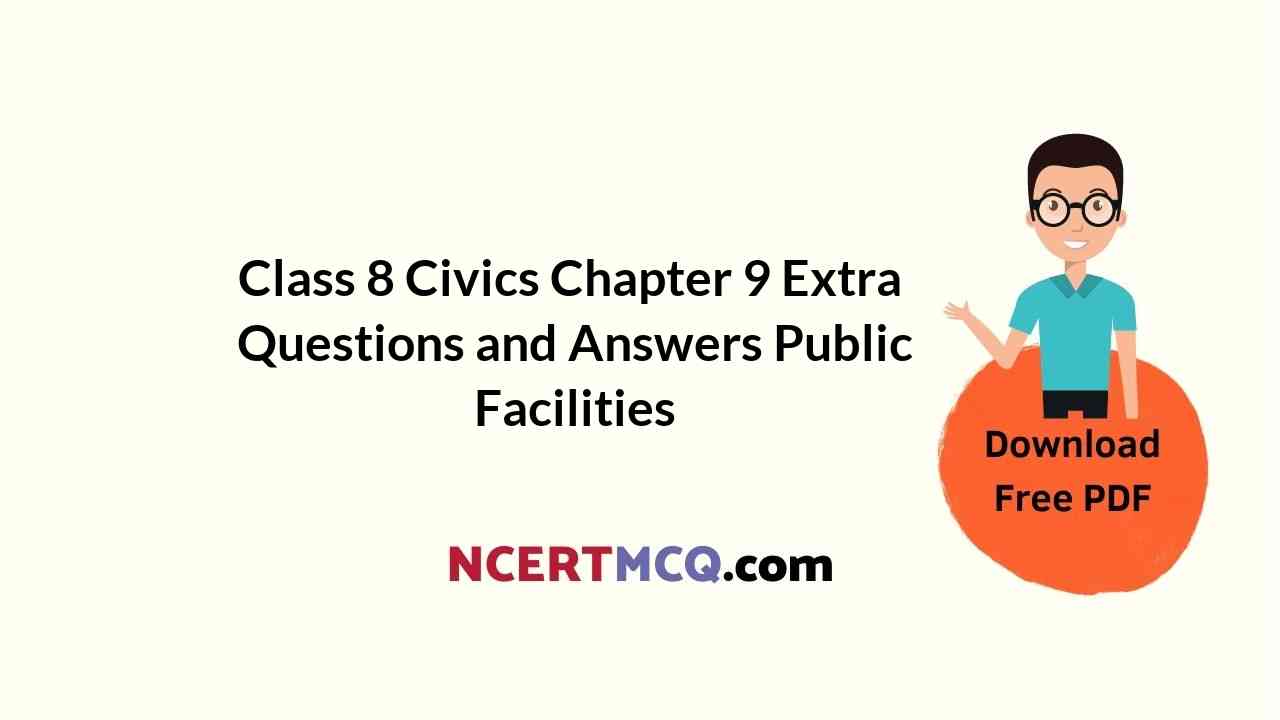Here we are providing Class 6 Geography Chapter 2 Extra Questions and Answers Globe Latitudes and Longitudes was designed by subject expert teachers. https://ncertmcq.com/extra-questions-for-class-6-social-science/
Globe Latitudes and Longitudes Class 6 Extra Questions Geography Chapter 2
Class 6 Geography Chapter 2 Extra Questions And Answers Question 1.
What are latitudes?
Answer:
They are the lines running in east-west direction and parallel to the equator.
Globe Latitudes And Longitudes Class 6 Extra Questions Question 2.
Do all the longitudes meet at the same point?
Answer:
Yes, all the lines of longitudes meet at the North pole and the South pole.
Ncert Solutions For Class 6 Geography Chapter 2 Extra Questions Question 3.
What is the Standard Meridian for India?
Answer:
Standard Meridian for India is 82\(\frac{1}{2}\). It is followed all over the country.
Class 6 Geography Chapter 2 Questions And Answers Question 4.
Name three types of globes.
Answer:
The three types of globes are
- big globes, which are not easy to carry;
- small pocket globes; and
- globes like balloons which can be inflated are handy and easy to carry.
![]()
Ncert Class 6 Geography Chapter 2 Extra Questions Question 5.
How can we locate a place on the globe?
Answer:
Places on the globe are located with the help of lines of latitudes and lines of longitudes. Each line is numbered in degrees.
Extra Questions For Class 6 Geography Chapter 2 Question 6.
What are longitudes?
Answer:
They are the lines running in north-south direction and meet at the North-Pole and South Pole.
Chapter 2 Geography Class 6 Extra Questions Question 7.
How do we calculate the values of North pole and South pole?
Answer:
The angular distance of the North Pole and the South Pole from the equator is 90°. So, the latitude of the North Pole is QCTN and for the South Pole is 90°S.
Geography Chapter 2 Class 6 Extra Questions Question 8.
How do the lines of longitude help us to calculate time?
Answer:
The earth takes 24 hours to complete one rotation. This means, in 24 hours the earth completes 360°. This means that it takes 4 minutes to complete one degree. Accordingly, the earth is divided into 24 time zones. Places east of the Greenwich Meridian experience sunrise earlier than the places lying west of the Prime Meridian.
Multiple Choice Questions
1. Which one of the following is a true model of the earth?
(a) Map
(b) Grid
(c) Globe
(d) Mappa
Answer:
(c) Globe
2. Which one of the following statements is false about the globe?
(а) It is a true model of the earth
(b) It; is the flat representation of the earth surface
(c) It shows countries, continents and oceans in their correct size
(d) It can be rotated the same way as a topspin.
Answer:
(b) It is the flat representation of the earth surface.
![]()
3. Which one of the following statements truly define the equator?
(a) An imaginary line running on the globe and divides it into two equal parts.
(b) It is a needle fixed through the globe
(c) It is called the northern latitudes
(d) The northern part of the equator is termed as the Southern Hemisphere.
Answer:
(a) An imaginary line running on the globe and divides it into two equal parts.
4. The northern half of the earth is called:
(a) Southern Hemisphere
(b) North Pole
(c) South Pole
(d) Northern Hemisphere.
Answer:
(d) Northern Hemisphere.
5. Which one of the following terms is used for all parallel circles -from the equator up to the poles?
(a) Parallels of latitudes
(b) Prime Meridian
(c) Meridians of longitudes
(d) Tropic of Cancer.
Answer:
(a) Parallels of latitudes
6. Which one of the following is used to measure the latitudes?
(a) Meter
(b) Barometer
(c) Hygrometer
(d) Degree.
Answer:
(d) Degree.
7. Which one of the following is represented by the zero degree?
(a) Equator
(b) Arctic circle
(c) Antarctic circle
(d) Tropic of Cancer
Answer:
(a) Equator
8. Total number of latitudes are:
(a) 360
(b) 180
(c) 90
(d) 160.
Answer:
(b) 180.
![]()
9. Which one of the following latitudes is lying to the south of the equator?
(a) 20°N
(b) 30CN
(c) 55°S
(d) 50°N.
Answer:
(c) 55°S
10. 90° north (N) and 90° south (S) latitudes are also termed as: –
(a) The Tropic of Cancer
(b) North Pole and South Pole
(c) The Tropic of Capricorn
(d) Arctic circle.
Answer:
(b) North Pole and South Pole
11. Which one of the following latitudes is situated in the Northern Hemisphere?
(a) Antarctic circle
(b) South Pole
(c) Tropic of Cancer
(d) Tropic of Capricorn
Answer:
(c) Tropic of Cancer.
Important Definitions/Words:
→ Globe: It is a three-dimensional model of the earth.
→ Geoid: It means earth like shape.
→ Axis: It is an imaginary line passing through the earth. It is inclined at an angle of 66%
→ North Pole and South Pole: The two ends of the axis are called poles. They are two fixed points on the globe.
→ Equator: It is an imaginary line running west to east and divides the earth into two equal parts called the Northern Hemisphere and the Southern Hemisphere.
→ Longitudes: They are lines drawn on the globe by joining North Pole and South Pole, running in north-south direction are called longitudes or meridians.
→ Latitudes: The lines drawn between the two poles, in east-west direction and parallel to the equator are called lines of latitudes. They are also called ‘parallels’ because latitudes are parallel to each other. –
→ Graticule: The network of parallel lines and lines of longitudes is called graticule. It helps in finding the location of a place.
![]()
→ Torrid zone: This region lies between the Tropic of Cancer and the Tropic of Capricorn and receives the maximum amount of heat throughout the year because the sun rays fall vertically on this region.
→ Temperate zones: They lie in both the hemispheres. In the northern hemisphere, it lies between the Tropic of Cancer and the Arctic circle. In the southern hemisphere, it lies between the Tropic of Capricorn and the Antarctic circle.
→ Frigid zones: The word frigid means very cold. In the north, the Frigid zone lies between Arctic circle and the North pole. In the southern hemisphere, it lies between the Antarctic Circle and the South pole. The climate here is very cold due to the extreme slant of the sun’s rays.
→ Prime Meridian: It is the ‘0’ longitude and divides the earth into eastern and western hemispheres.
→ Rotation: The movement of the earth on its own axis from west to east is called rotation. The earth takes 24 hours to complete one rotation.
→ Local time: It is the time of a place, calculated by the position of the sun at noon at a given place.
→ Standard time: Every country fixes a central meridian, which is considered as the standard time of that country.
→ Greenwich Meridian Time: It is the meridian passing through Greenwich in London. Through an international agreement, the local time of all places is nuked to the Greenwich Meridian Time.
